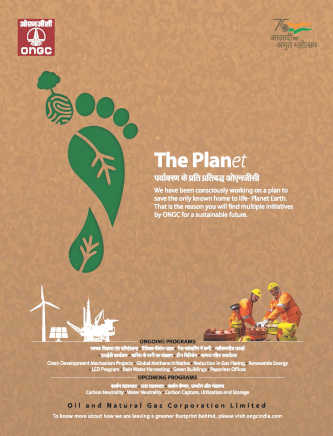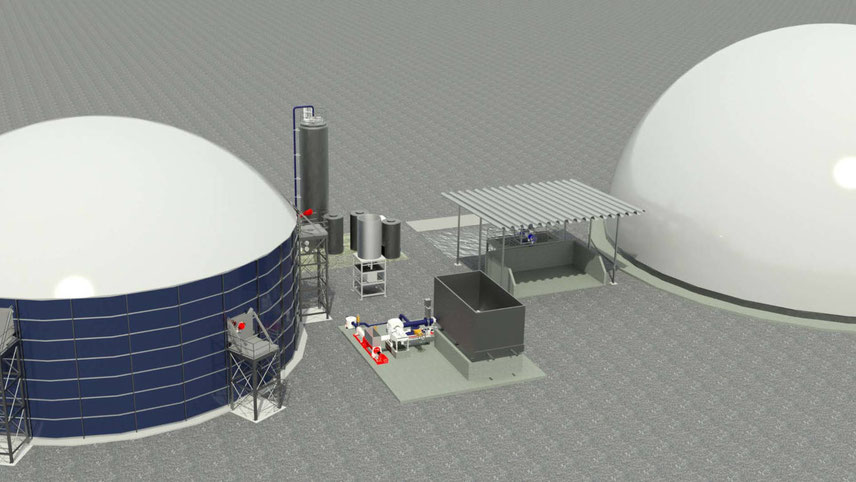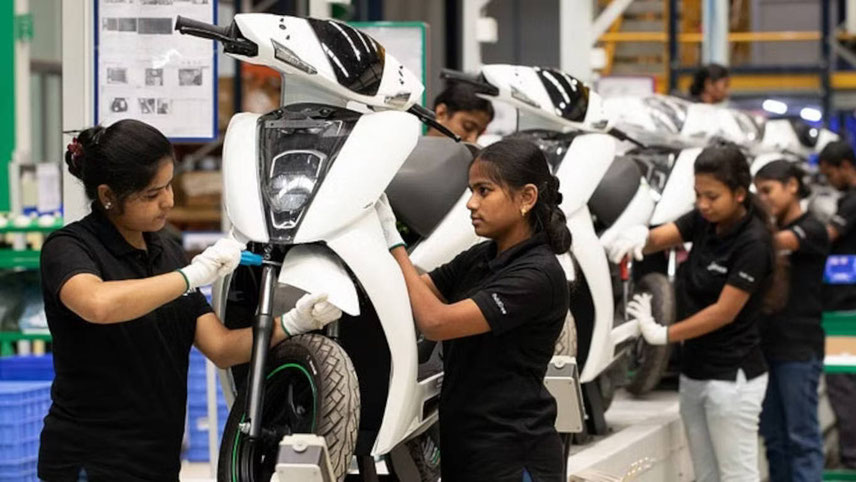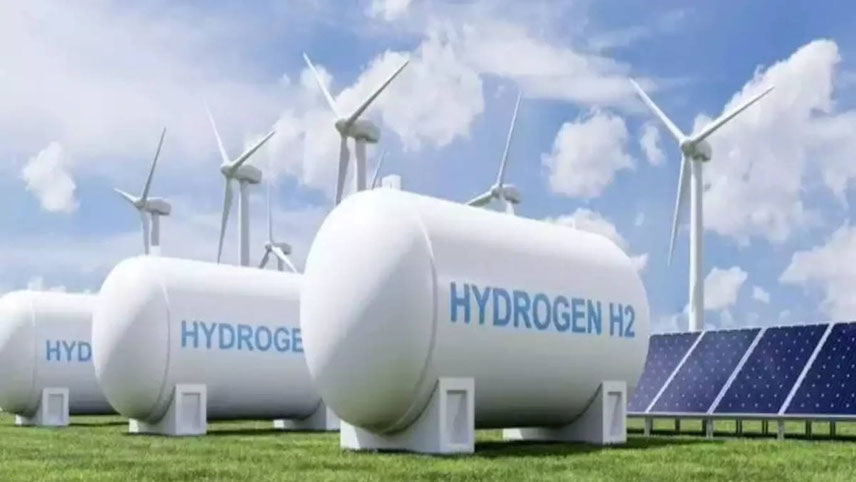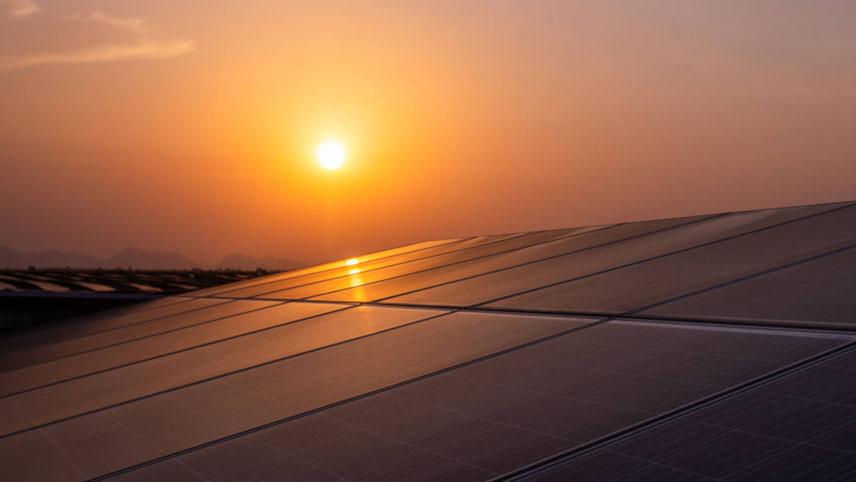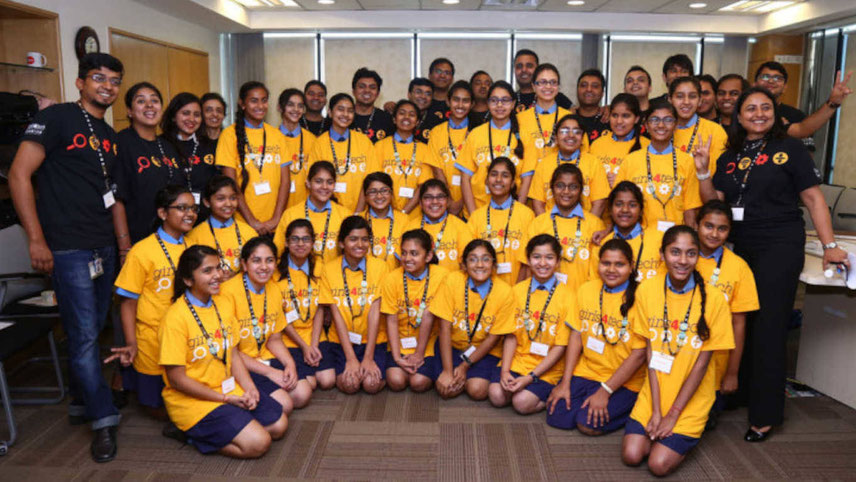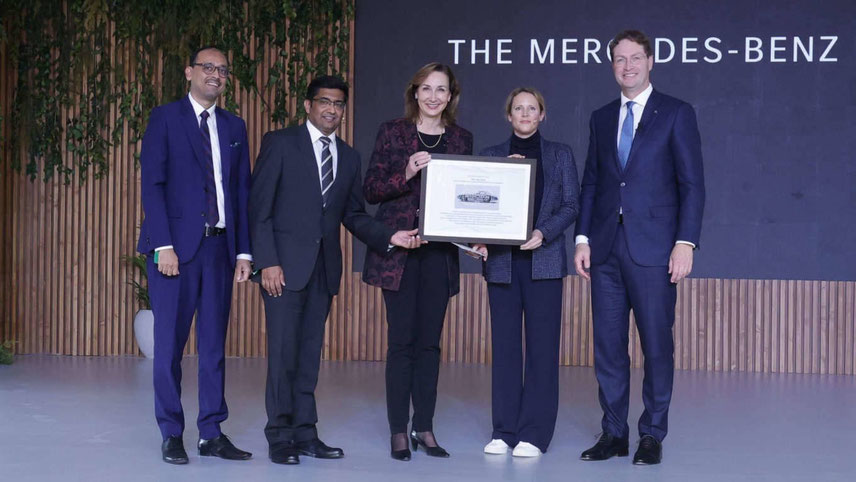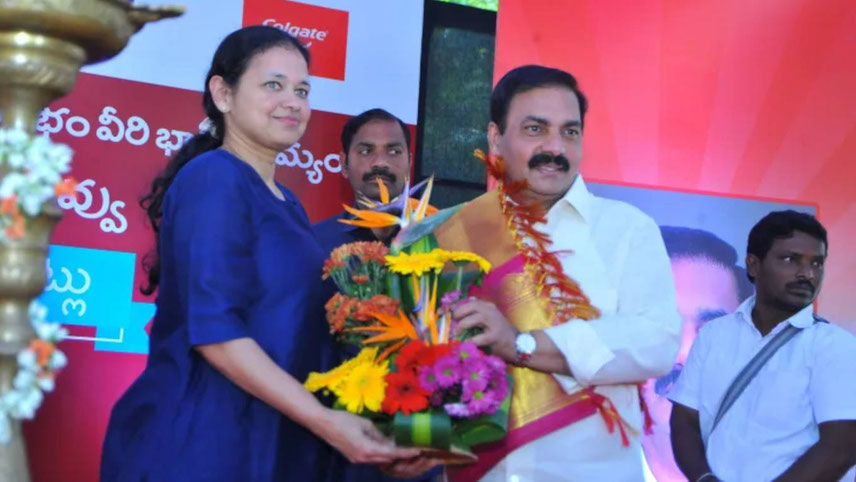The Indian power market’s ancillary services need a redesign and the supply-side a much-needed flexibility on a pan-India level if the country has to integrate 450 GW renewables efficiency by 2030, says a study. In a joint study, Finnish power conglomerate Wartsila and consulting firm KPMG have said that India needs 38 GW of four-hour battery storage to integrate 450 GW of renewables by 2030. Efficient market design where energy and ancillary services are co-optimised will encourage investments in flexible resources for imbalance management. Even with large balancing areas facilitated by the market-based economic dispatch (MBED) mechanism, investment in flexible assets is required to achieve reliable grids. The study shows that India’s power system would not require any new coal-fired power plants to be commissioned beyond what is planned to meet the 340 GW peak demand. It suggests that India’s power grid could use internal combustion gas engines (ICE) and battery storage to meet the flexibility requirements. More than 35 GW of wind and solar capacities would need to be consistently added annually between now and 2030. It suggests that higher supply-side flexibility reduces the cost of power in the system by enabling the full dispatch of low-cost generators while at the same time ensuring grid resilience. The study finds that centralised or regional procurement helps lower costs. It advocates that co-optimisation of the energy and ancillary services market is more efficient than separate markets for energy and ancillary services. Managing India’s power system is becoming increasingly complex as its resource mix includes more weather-dependent and decentralised energy sources. To deal with such complexity, the system operator needs greater operational flexibility to reliably serve the load, increasing the need for ancillary services to keep the grid stable. The analysis reveals that the addition of 1 GW of thermal balancing power plants, together with 500 MW 4-hour of battery storage in the electricity mix in each state, even in 2021, optimises the existing power plants’ dispatch for better efficiency, lower operational and maintenance costs, and reduced renewable curtailment. The study says that the addition of thermal balancing with battery storage results in cost savings of at least Rs32 million to Rs70 million per day for states like Gujarat, Tamil Nadu, and Rajasthan. Thermal balancing plants can achieve 100 per cent loading in less than five minutes. Ancillary services have historically been delivered by identified thermal power plants. However, the country’s policymakers and stakeholders are now convinced that energy and ancillary services markets require reforms in response to the changing resource mix and load profiles.
-

Energy and ancillary services markets require reforms







